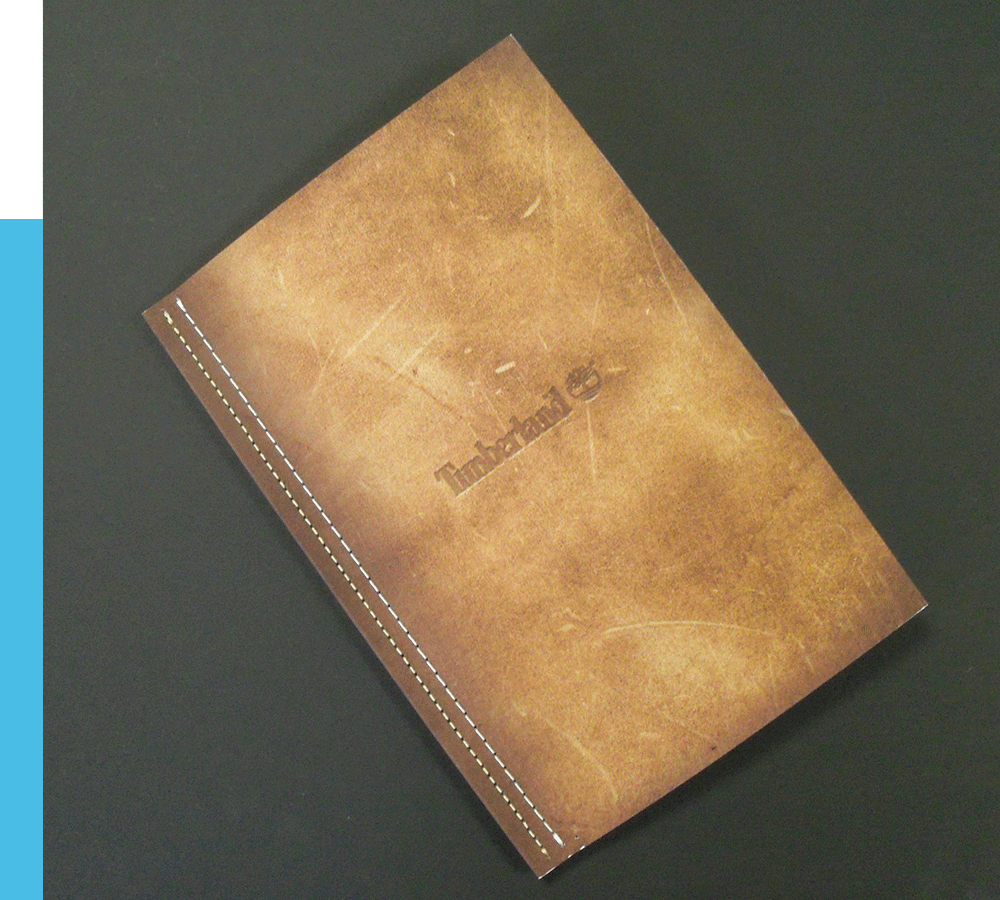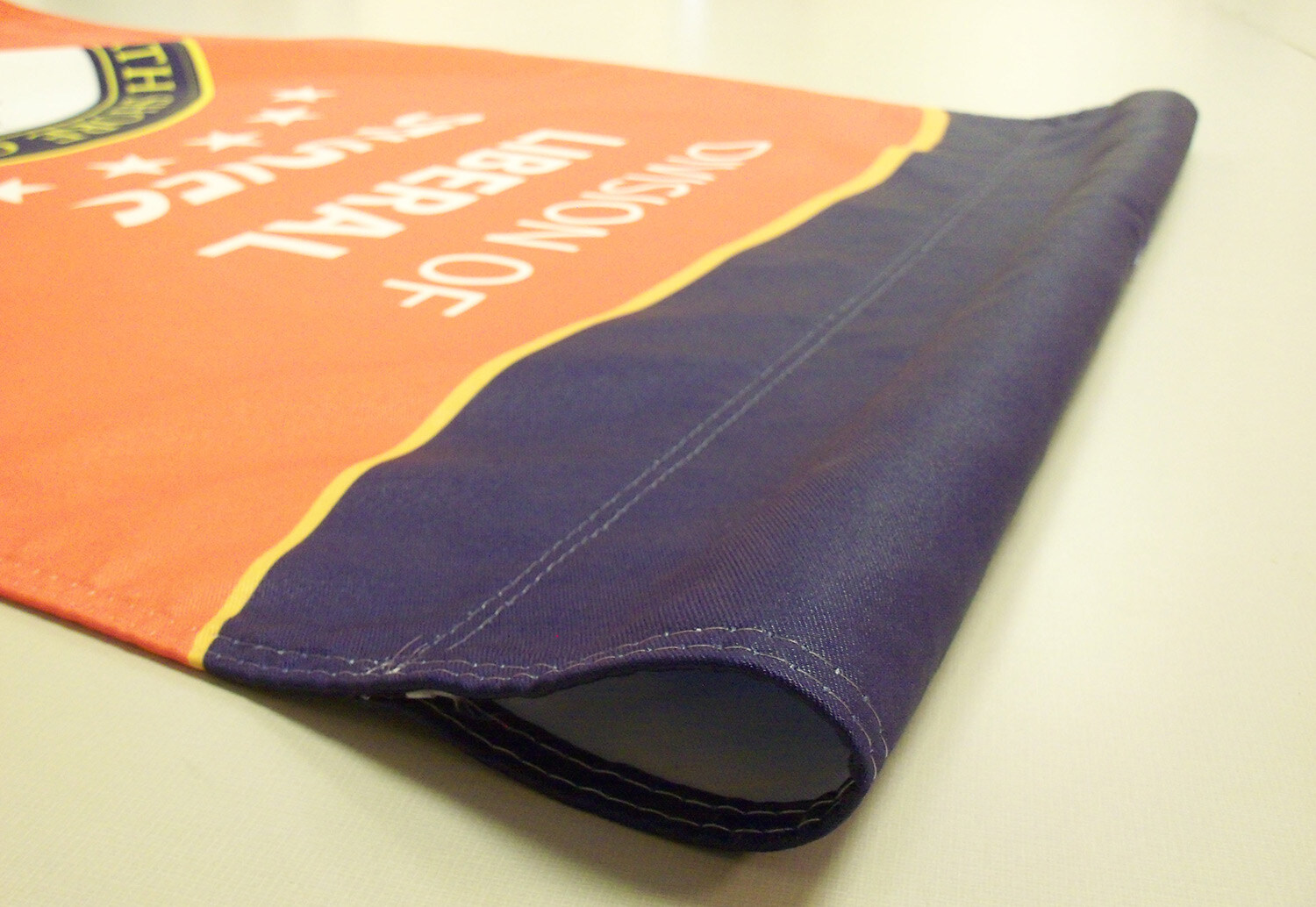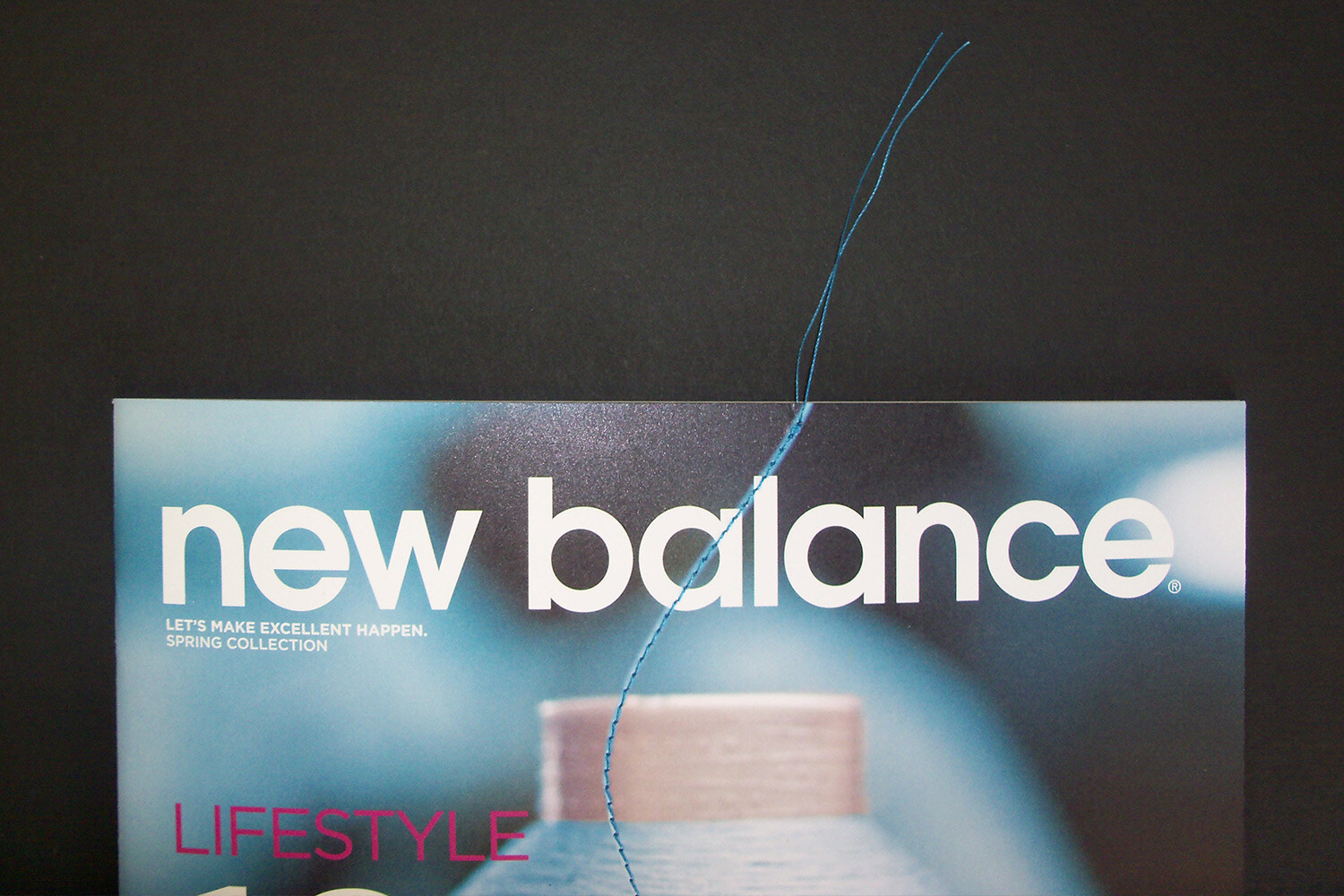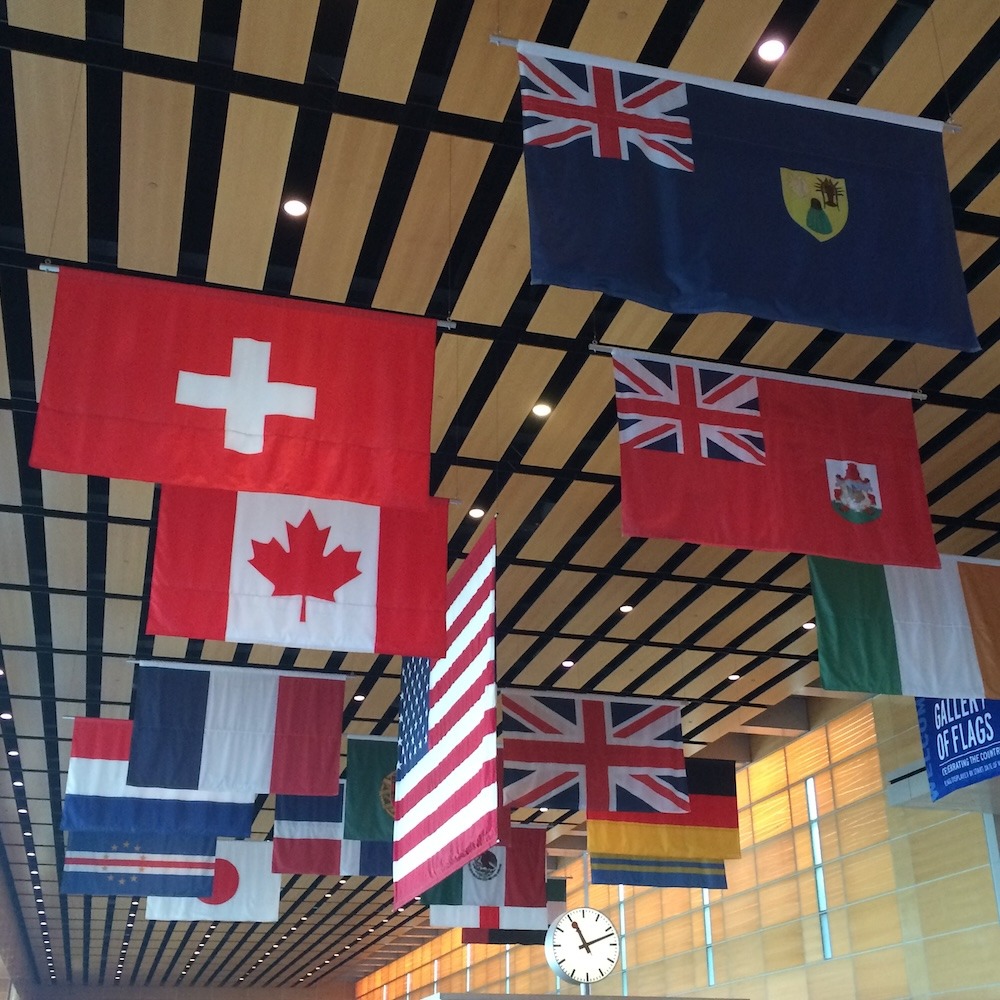Print Finishing & More
Tailored Finishing Solutions for Your Brand (& Your Clients)
Experience expert finishing services that blend traditional craftsmanship with modern technology, ensuring your banners, flags, and promotional materials are of the highest quality.

Elevate Your Brand With Professional Contract Finishing Services
Accent Banner offers a comprehensive range of finishing services tailored to elevate the appearance and durability of your banners and flags. Our expert team specializes in print finishing, banner hemming, grommet installation, reinforced corners, and more—ensuring that your branding materials stand out with quality craftsmanship and impressive attention to detail.

Professional Craftsmanship
Our skilled artisans meticulously craft each banner and flag with precision and attention to detail, ensuring superior quality and durability.
Modern Technology
Utilizing cutting-edge equipment and techniques, we seamlessly blend traditional craftsmanship with modern technology for exceptional results.
Customized Solutions
We offer tailored contract finishing services to meet your unique needs—whether it’s hemming, grommet installation, or reinforcement—ensuring your branding materials stand out.
Quality Assurance
With rigorous quality control measures in place, we guarantee that every banner and flag leaving our facility meets the highest standards of excellence and durability.
Contract Finishing Services Tailored to Your Needs
Explore our range of specialized services for perfecting your banners, flags, and printed materials.
Professional Banner Hemming
Our expert hemming services ensure your banners and flags maintain their integrity and longevity, with options for reinforced corners and hems for added durability.
Secure Banner Attachments
Discover our array of attachment options—including grommets, pole pockets, buttonholes, and webbing with D-rings—for secure and reliable display solutions.
Protect Against the Elements
Strengthen the resilience of your banners with our wind resistance enhancements, such as wind slits, blockout liners, and Velcro attachments, to provide durability in adverse weather conditions.
Customized Finishing Solutions
Enhance your banners and flags with our specialized finishing options—including header and grommet installations, fringe additions, and stitching—tailored to your unique requirements. We also offer book-binding solutions, such as saddle stitching and over-sewing, to restore your weathered volumes with style.
Fusion of Old-World Craftsmanship and Modern Technology
At Accent Banner, we blend traditional craftsmanship with cutting-edge technology to deliver exceptional contract finishing results. Our skilled artisans combine decades of experience with state-of-the-art equipment, ensuring that every project receives meticulous attention and meets the highest standards of quality and durability.

The Accent Banner team are true professionals. Their customer service is like no other. They really know the process of how to get banners hung in Boston and make it a "one stop shop." They produce a high quality product and price it appropriately. My clients love working with Derrek and his team!
My experience with Accent Banner has been amazing. They have exceeded all of our expectations when it came to different projects. The projects they have completed for us have enhanced our facilities tenfold. We are beyond happy with our partnership with Accent Banner and will continue to work with them for many years to come.
Accent Banner is hands-down my go to vendor for all banner needs! Accent Banner makes the arduous task of creating and permitting for street pole banners seamless and simple. I am constantly impressed by both the customer service I receive and the quality of work produced. I would recommend Accent Banner to anyone, there is no job too big or too small.
Browse Our Resource Library
Guide
Master the Art of Flag and Banner Finishing
Learn about the different finishing options that give your banners and flags a professional, polished look.
Guide
Discover the Benefits of Custom Appliqué Banners
Find out how appliqué banners can give your designs added durability and craftsmanship, perfect for long-term display needs.
Survey
Not Sure Whether to Choose Print or Applique? We Can Help!
Find out which banner style is best for your needs by taking our short survey—perfect for any project.

Let’s Bring Your Vision to Life
Ready to elevate your visual displays with professional finishing touches? Contact us today with questions or to request a quote for our print finishing, banner hemming, and other expert services.




